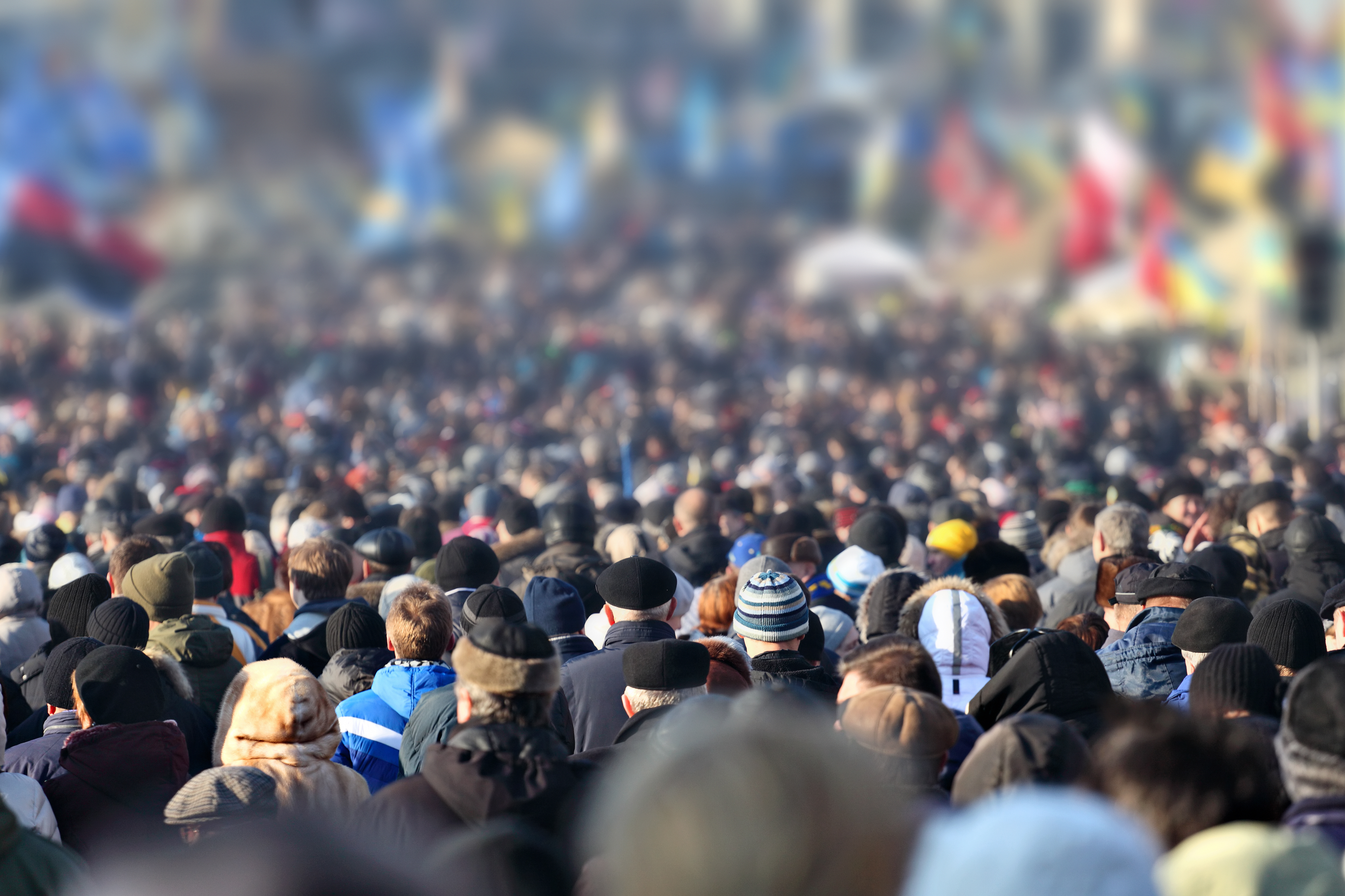![]()
It seems like you can’t open the newspapers these days without seeing reports of major gatherings, demonstrations, and protests in multiple cities across the country. Politics aside, handling large groups of people, safely and efficiently, can present a real challenge for cities. However, keeping strategies in play to address these four key areas will enable any city to handle large gatherings seamlessly.
- Predictive: One of the first things a city should do is determine their capacity limits. Imagery is an easy way to do this. By using imagery of available outdoor areas and open spaces, and layering a grid over those open spaces, cities can determine how many people can be contained within each grid square. Different algorithms for calculating this capacity can be used – but even a rough idea of crowd limit parameters provides city staff with a solid starting point.
- Proactive: Knowing maximum capacity allows city teams to plan for emergency or evacuation situations. The past several weeks have shown multiple times where actual turnout swells rapidly beyond permitted requests. By knowing the maximum capacity for open spaces, the city can go ahead and develop contingency plans on how to safely move a large group – and this planning can be modeled for even the largest possible crowd size – if the need arises.
- Reactive: Cities need to take advantage of all the tools in their kit to be able to react fluidly to impediments that arise from handling a large, or larger than expected, crowd. This is where good situational awareness comes into play. Sensor technology can alert city staff to traffic snarls so traffic can be re-routed; help them detect excessive use on certain transit lines allowing them to put more train cars or buses into service; can even alert them to overflowing trash cans or out of order portable toilets.
- Reporting: Ultimately, at the end of any large event, people want measurements of success. Often, the size of the crowd is a highly desired metric. By referring back to the original grid-enabled images used to determine ultimate crowd capacity, and then overlaying that with images from the day of the event, cities are able to get a good estimation of actual crowd size.
Managing large events is nothing new for cities – just look at the success Houston had with Sunday’s Super Bowl. But, large scale marches and demonstrations, which often balloon up quickly and larger than anticipated, present a greater challenge. By keeping these four location-based benchmarks in mind, cities can successfully and safely handle crowds of any size.
Christian Carlson is part of the GovLoop Featured Blogger program, where we feature blog posts by government voices from all across the country (and world!). To see more Featured Blogger posts, click here.





Leave a Reply
You must be logged in to post a comment.